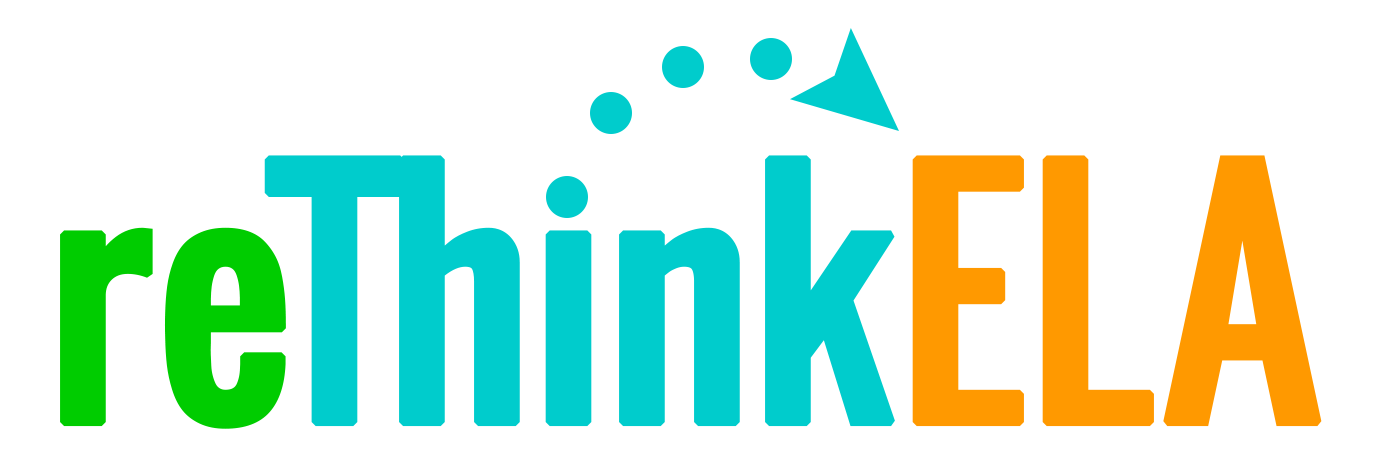My very first year of teaching high school, I asked my sophomore students to write a 1,000 word paper. It’s been so long ago, I don’t remember the topic. What I do remember is that I caught three students plagiarizing.
I also remember being perplexed by this discovery, because we had just that week taken notes on what copyright and plagiarism is, and had completed several exercises on identifying and avoiding taking other people’s words and ideas and claiming them as our own.
Last year, I wrote a lengthy article detailing “What is plagiarism, And Why Does It Matter?” and used it to help my students define the word and learn how to avoid mistakes.
This year, I am working again to head students off at the pass. Not only are we going to take a different route to learning about plagiarism, I’m also looking to find instances of it in their first rough drafts, and showing them how to fix their mistakes before the final draft gets handed in.
Today, is the day we’ll formally learn about plagiarism, beginning with the following videos, which were recommended by Larry Ferlazzo. While his site is specifically geared towards ESL students, I’ve found his resources beneficial to all students.
Instead of me lecturing in front of a boring Powerpoint and the students writing notes — or not — I recommend the following activities.
First, I begin the day with a bellringer prompt: What is plagiarism?
Students must write a paragraph in response to the prompt, and they can use the dictionary to help them understand the word if they’ve never heard of it before.
The first video, from Easy Bib, defines plagiarism and gives tips on how to quote directly or paraphrase information.
https://youtu.be/k3Lwlfy5FHM
(You can watch Plagiarism by Easy Bib on View Pure to avoid advertising.)
The following video from Imagine Easy Solutions gives step-by-step instructions on how to avoid plagiarism:
Paraphrasing from Imagine Easy Solutions on Vimeo.
After watching the videos above, read Skills and Strategies | Understanding Plagiarism in a Digital Age from The Learning Network by The New York Times. This article not only shows students why plagiarism and copyright concerns are still relevant today — especially to their musical idols — but also gives more video options, and includes an activity at the end.
If you have time, use this article recommend by The New York Times to show how Sen. John Walsh, D-Montana, plagiarized his Master’s Degree thesis. Read “Plagiarism Costs Degree For Senator John Walsh” to learn what can happen to those who steal others ideas and words, even for those with money and power.
The following activities can help you and your students learn more about and practice avoiding plagiarism.
- Write Check Plagiarism Quiz can help your students show their understanding of what plagiarism is and how to avoid it.
- Recognizing and Avoiding Plagiarism by Cornell University
- Avoiding Plagiarism Exercises by Cardiff University
- Plagiarism Review quiz on Kahoot!
Possible plagiarism assignments
The key to an easy and authentic plagiarism assignment is to tap into a recent lesson and/or writing assignment. Here is what I’m asking my students to do today:
- Write an opinion about the opening of a short story we have read recently. Do not quote or paraphrase, but state your own opinion.
- Paraphrase and cite the paragraph describing the main character.
- Quote 2 sentences describing the setting.


Dear Mrs. Waters,
May I use ideas from your page? This looks interesting.
Thank you so much for sharing your educational knowledge and experience. I based our homeschool plagiarism unit study on the information and resources you provided. You not only addressed the long-established perspectives on plagiarism, but also brought into question what “plagiarism” means to the current technologically- and ethically-complex generation. My deepest appreciation…